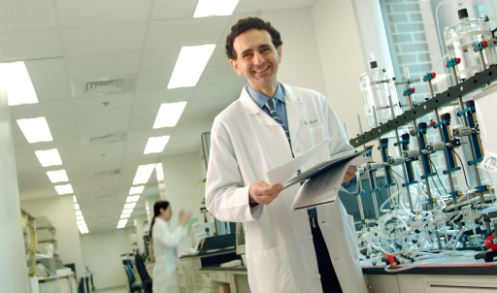"If a salamander can do it, why can't we?"

Bioengineering pioneer Dr Anthony Atala talks to Tom Ireland about regenerating human tissue in the lab and 3D printing organs
The Biologist 63(5) p16
Dr Anthony Atala has been at the forefront of research aiming to make lab-grown replacement tissues and organs a reality for nearly two decades. In 1999, he led the team that successfully transplanted the first lab-grown organ, a bladder, into a human patient, and his latest work aims to 'print' replacement tissue directly on to patients' wounds.
Of the many eye-catching photos, videos and articles featuring Atala's work, one of the most remarkable is a clip from the early 2000s involving a regular office printer. As the printer's cartridge whizzes back and forth, a translucent, pink mouse heart begins to form in a small well in the middle of the device. The inkjet printer is printing with heart cells instead of ink.
Fourteen years later, Atala's bioprinters can deposit a range of cell types and structural biomaterials to an accuracy of 1/80th the width of a human hair. He and nearly 500 staff at the Wake Forest Institute for Regenerative Medicine in North Carolina are working on growing 30 types of replacement tissues and organs, including blood vessels and nerves, muscles, cartilage and bones, oesophaguses and tracheas, pancreases, kidneys, livers, hearts and uteruses – even vaginas and penises.
Want to continue reading this article?
Click to login.


